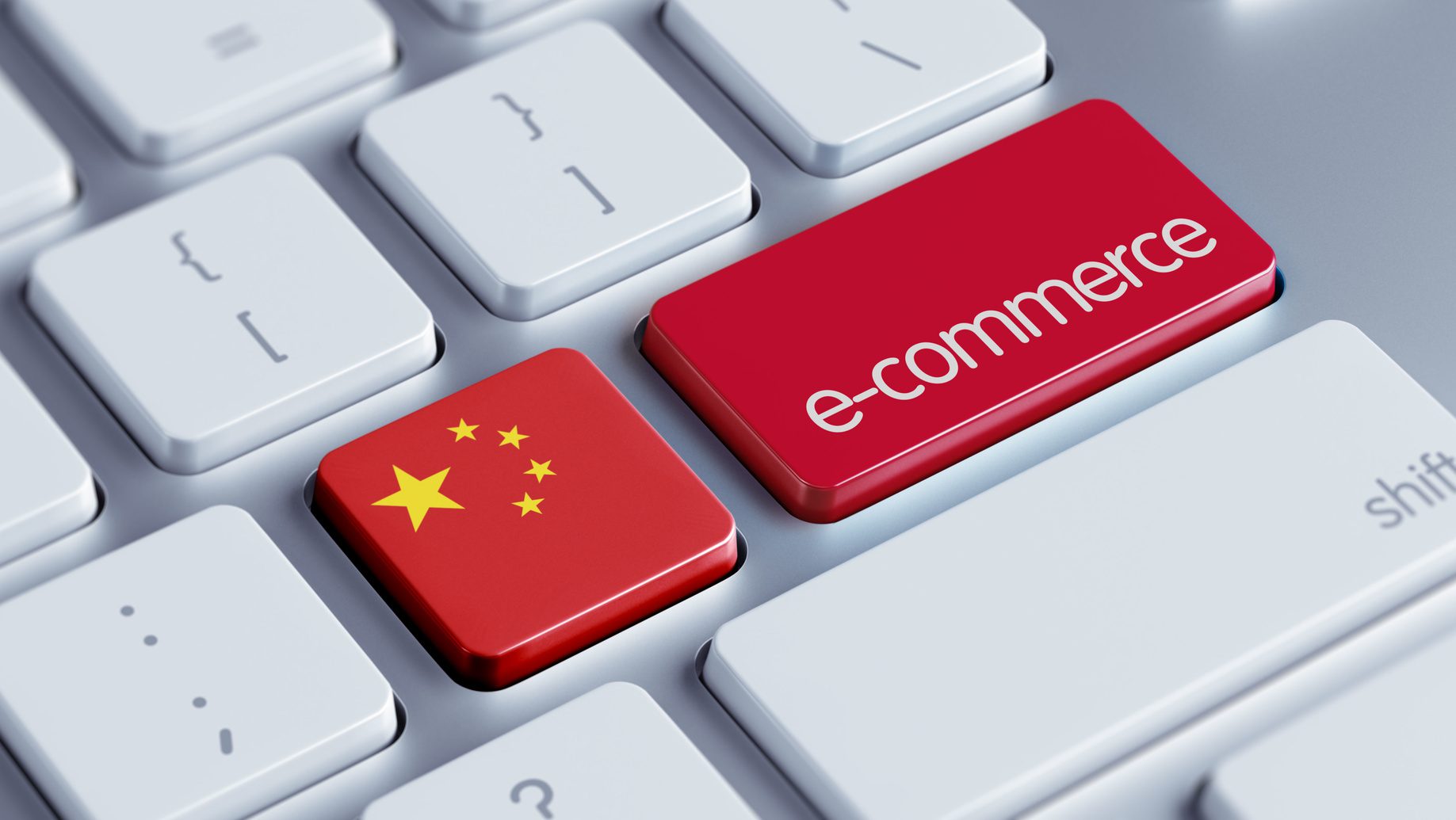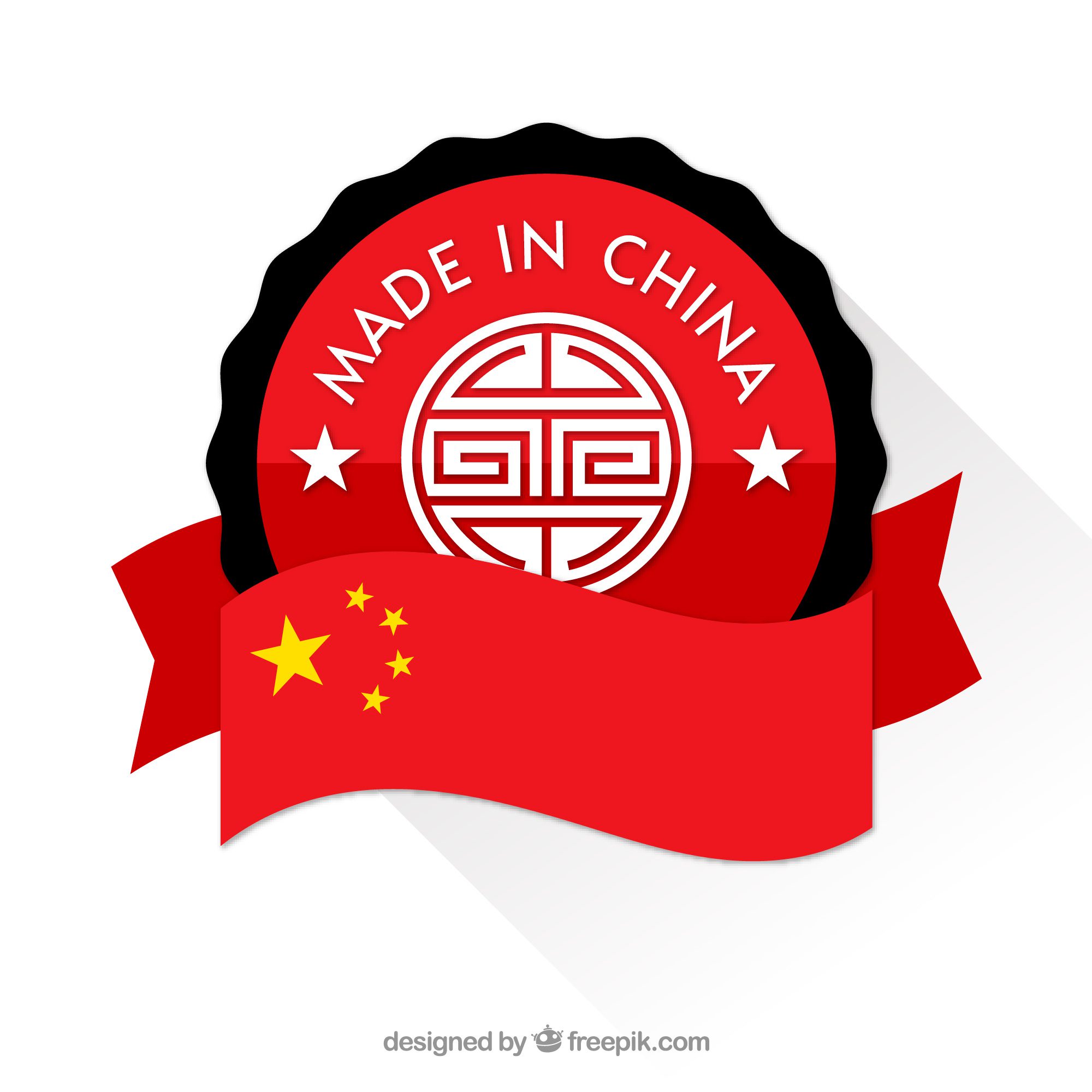2013 was the sixth consecutive year since Vietnam first witnessed macroeconomic instability. With high inflation levels, a collapse of the banking system, and relatively lower growth levels compared with its Asia-Pacific peers, the economy faced immense pressures. However, thanks to continuous efforts by the government to uplift the economy as well as the presence of several inherent benefits that Vietnam offers to foreign corporations, the economy has been resurging, largely on the back of soaring FDI.
Vietnam has faced several economic pressures since 2008, which resulted in high levels of inflation, stagnated growth, and a crumbling financial system primarily led by rising bad debts and loss of liquidity. This also brought a negative impact on the real estate sector and its periphery industries. Over the past few years, the country has struggled to find its ground and has undertaken several policy measures to instigate investor interests. In fact, the Vietnamese government is largely focusing on increasing FDI investment levels and exports as the key tools to pull its economy out of stagnation.
The government made substantial moves with regards to economic policies. These initiatives, which led to a boost in the country’s FDI in 2013, included:
-
Equitization of 573 state-owned enterprises (SOEs), wherein foreign investors are eligible to hold stake in SOEs with few conditions
-
Tax allowance that reduces corporate income tax from 25% to 22% from January 2014 and further to 20% in January 2016
-
The approval of a scheme to enhance FDI management in Vietnam
These efforts by the government appear to have started yielding results, as the registered FDI rose by 95.8% to US$13.1 billion during the first 10 months of 2013, and the disbursed FDI rose by 6.4% year-over-year to $9.6 billion for the first 10 months of the year.
In addition to these initiatives, the government has stepped up to strengthen the country’s banking sector since 2012. Over the past two years it has significantly reduced average lending rates, equitized four state-owned commercial banks, and set up Vietnam Asset Management Company, a state-owned company created solely to purchase bad debt from existing banks in order to clear their books. This company purchased bad loans worth about US$1.6 billion in 2013. In an effort to further speed up the restructuring of the banking system, the government announced that it would increase the allowed limit for foreign strategic investors to invest in a domestic financial institution from 15% to 20% in February 2014.
The government efforts to stimulate FDI have also been supplemented by the existence of several positive intrinsic factors that Vietnam boasts off. The country remains an attractive investment destination thanks to its abundance of natural resources and cheap labor availability (according to JETRO report, monthly pay for general workers in Vietnam is about 32% of levels in China, 43% of that in Malaysia and Thailand, and 62% of that in Indonesia). The country also offers a young and dynamic consumer base domestically, as well as favorable conditions and location to supply within the subcontinent. It also enjoys a stable political environment, a significant advantage over several of its neighbors.
The resurfacing of negotiation talks regarding Vietnam becoming a member of The Trans-Pacific Partnership (TPP) is also positive news for the export sector, which is expected to receive a significant boost with the signing of the agreement (especially in the area of garments, footwear, and wooden furniture). This will also ease investment inflow in Vietnam from other TPP members.
Backed by the aforementioned factors and a robust young population, several sectors in the country are registering a double digit growth and intensified attention from foreign investors.
-
Vietnam’s aviation sector, for instance, is expected to be the third-fastest growing sector globally with regards to international travel and freight, and the second-fastest with respect to domestic travel in 2014.
-
The electronics sector has also witnessed keen interest from foreign players. Nokia, a leading telecom handset player, opened its first factory in Vietnam in 2013. Samsung and LG have announced plans to build factories in the country primarily for export purposes.
-
Retail, consumer goods, and tourism are some of the other best performing sectors with strong growth potential in the near future.
-
Moreover, in anticipation of the TPP agreement, Wal-Mart is also exploring investment opportunities in Vietnam that would entail sourcing of several products, such as clothing and footwear, entertainment, home appliances, toys and seasonal goods.
It is clearly visible that Vietnam is on the right path of growth and expansion, nevertheless, there is still a long way to go. While the FDI levels rise, the government has to channelize this investment to develop support industries and high-quality workforce to sustain growth. Moreover, while Vietnam enjoys abundant natural resources and cheap labor that attracts FDI, these factors remain exhaustible, especially in the light of new investment hotspots (such as Myanmar) emerging. Therefore, in addition to just focusing on economic policies, Vietnam must work towards creating better investment climate to lure FDI. The country’s legal framework still presents several hurdles to foreign investment and the country ranks very poorly on the global corruption index (114 out of 177 countries). While it is almost certain that Vietnam will continue to see an inflow of foreign investments, it is to be seen if it can use this to achieve sustainable growth for its economy.

















